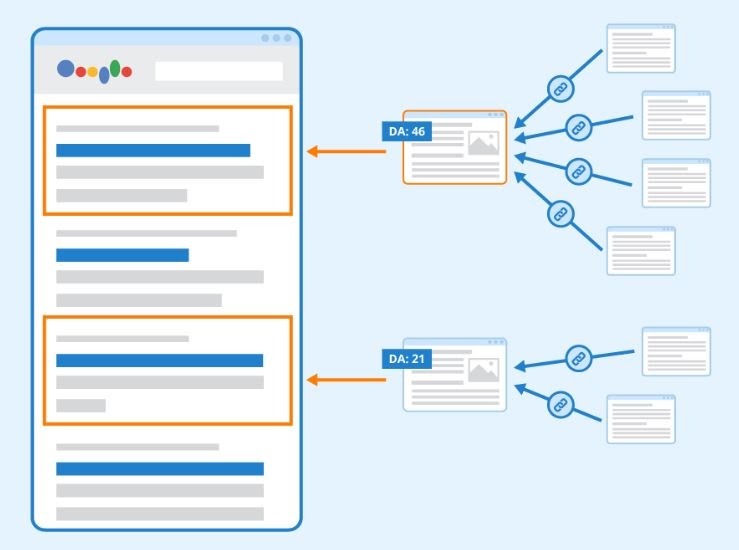Auction houses are specialized marketplaces that facilitate the buying and selling of various valuable items, including fine art, antiques, collectibles, and more. They operate by acting as intermediaries between sellers who wish to auction their items and buyers looking to acquire them. Auction houses play a crucial role in the secondary market by providing a structured environment for buying and selling valuable items. Their expertise in valuation, marketing, and transaction management helps ensure that both buyers and sellers achieve favorable outcomes in their transactions.
How Auction Houses Operate
-
Consignment Process
-
Marketing and Promotion
-
Preview Period
-
The Auction Event
-
Payment and Collection
-
Fees Structure
How do Auction Houses Determine the Starting Price of an Item?
Auction houses determine the starting price of an item through a combination of expert evaluation, market analysis, and strategic negotiation with the seller. Auction houses use a combination of expert knowledge, market analysis, and strategic pricing techniques to determine starting prices for items. By carefully setting estimates and reserves, they aim to create an engaging bidding environment that maximizes final sale prices.-
Establishing Estimates and Reserves
-
-
Auction Estimates
Auction houses provide a price range for items, known as estimates, which typically includes a low and high figure. This range is based on historical sales data, the item's condition, provenance, and market demand. The low estimate often serves as the starting point for bidding, while the high estimate indicates potential maximum value.
-
-
-
Reserve Price
The reserve price is the minimum amount that a seller is willing to accept for an item. It is usually set at or below the low estimate to encourage bidding. If bidding does not reach this reserve price, the item may not be sold. Auctioneers often start bidding below the reserve to stimulate interest and competition among bidders.
-
-
Strategic Pricing Approach
-
-
Psychological Pricing
Starting bids are often set lower than expected market value to create a sense of urgency and excitement among potential buyers. This tactic encourages more participants to engage in bidding, which can drive up the final sale price through competitive bidding dynamics. -
Negotiation with Sellers
Auction specialists negotiate with sellers to agree on both estimates and reserves. They aim to balance the seller's expectations with realistic market conditions to ensure successful sales while maximizing potential profits for both parties.
-
What are the most Famous Auction Houses in the World?
The most famous auction houses in the world are renowned for their significant contributions to the art and collectibles market.- Sotheby's
- Christie's
- Heritage Auctions
- Bonhams
- Phillips
- Poly Auction
- China Guardian
List of Auction Houses Specialising in Vintage Chandeliers Near 90804
These types of auction houses provide a range of options for collectors and homeowners looking to find unique vintage chandeliers to enhance their spaces. Here are some Auction houses specialising in vintage chandeliers near 90804 area:- Heritage Auctions
- Los Angeles Modern Auctions (LAMA)
- Abell Auction Co.
- Brigade Auctions
- Antiques & Modern Auction House
How it typically works
- Registration - Before Bidding
- Preview Period - Inspection
- Starting the Auction
- Bidding Process
-
- Incremental Bidding Bidders raise their bidder cards or use online tools to place bids, which must be higher than the previous bid by specified increments set by the auctioneer (e.g., $10, $50).
- Live vs Online Bidding In live auctions, participants bid in real-time, while online auctions allow bids to be placed over an extended period, sometimes lasting days or weeks.
- Closing the Auction - Final Bid
- Payment and Collection
What Types of Items are Commonly Sold at Auction Houses?
Auction houses sell a diverse range of items, appealing to various interests and collector markets. Auction houses also offer experiential items such as travel packages, dining experiences, or exclusive event tickets, which can attract bidders looking for memorable opportunities. These categories reflect the range of items available at auction houses, catering to both serious collectors and casual buyers alike. Each auction may focus on specific types of items depending on the house's specialty or the event's theme. Here are the most common types of items typically found at auction houses:- Fine Art
- Antiques and Collectibles
- Memorabilia
- Jewelry and Watches
- Coins and Currency
- Vehicles
- Books and Manuscripts
- Home Goods
- Fashion Items
- Unique Experiences
What Fees or Commissions do Auction Houses Typically Charge?
Auction houses typically charge a variety of fees and commissions to both buyers and sellers.-
Buyer’s Premium
-
Seller’s Commission
-
VAT (Value Added Tax)
-
Additional Fees
-
- Shipping and Handling Buyers are often responsible for shipping costs, which can vary significantly based on item size and destination.
- Insurance Fees Insurance for items during shipping or storage may also incur additional costs, usually around 1% of the item’s value.
- Photography and Catalog Fees Some auction houses charge for professional photography of items or listing them in catalogs, which can range from $100 to several hundred dollars depending on complexity.
-
Other Considerations
- Storage Fees - If items are not picked up promptly after an auction, storage fees may apply.
- Buy-in Fees - Some auction houses charge sellers a fee if their item does not sell, though this practice varies widely among houses.


